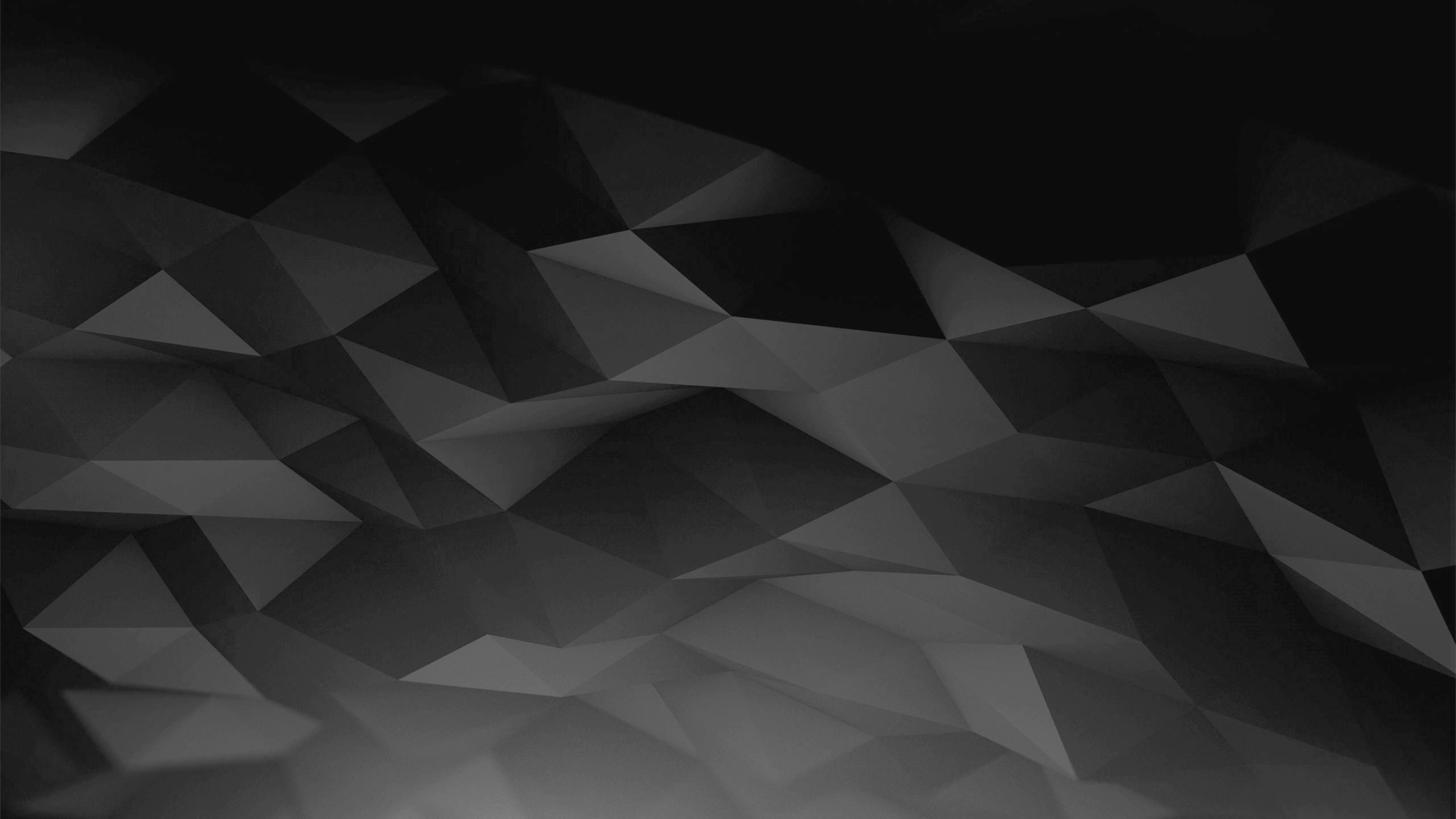Evaluating the performance of a LED display can only be down after effectively seeing the display in action. The critical criteria to be tested comprise:
• Show pure white
• Show pure black
• Show pure Red/Green/Blue
• Evaluate different color temperatures
• Show grayscales
• Test brightness on a calibrated wall and not just at full power
• Test brightness adjustment levels
• Look at a uniform white picture form various angles, evaluate color shift
• Perform a smooth dimming of the display, and evaluate effects on the quality of the picture in the process
• Monitor grayscale evolution in the previous dimming test
• Evaluate uniformity of picture (uniform primary colors for example, look for patches)
• Seamless picture performance (physical visibility of the tiles)
• Subjectively evaluate video performance
• Evaluate pixelisation effect from various viewing distances
• Show dark scenes
• Ask for gamma correction adjustment (both in video and data sources)
• Detect green noise in low black levels
• Detect black clipping and disappearance of details in black
• Detect solarisation effects in what should normally be smooth grayscales
• Measure power consumption
• Simulate breakdown and maintenance procedure





